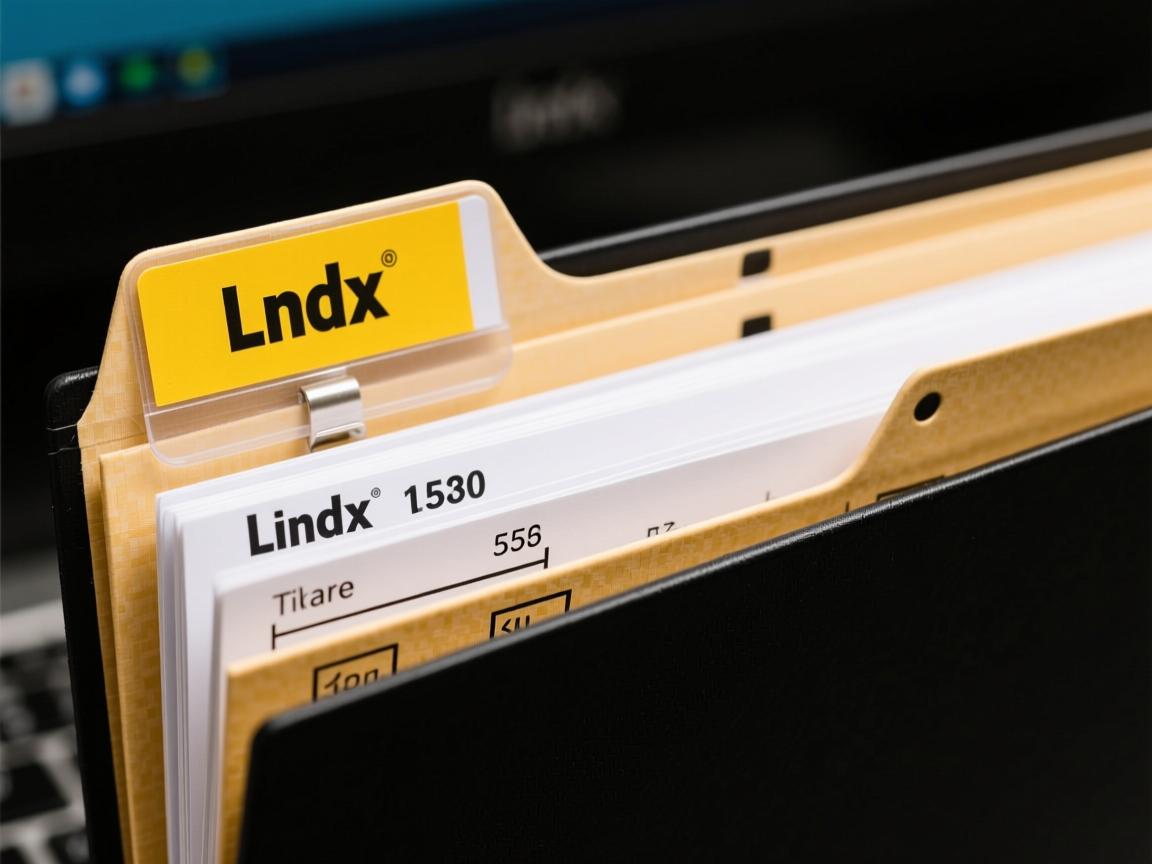tar -zxvf filename.tar.gz -C /path/to/destination/或
unzip filename.zip -d /path/to/destination/命令
Linux系统中,解压文件夹是一个常见的操作,不同的压缩格式需要使用相应的命令来解压,以下是详细介绍如何在Linux中解压不同格式的文件夹:
使用tar命令解压
tar命令是Linux中最常用的解压工具之一,支持多种压缩格式,如.tar.gz、.tar.bz2、.tar.xz等。
| 压缩格式 | 解压命令 | 说明 |
|---|---|---|
.tar.gz或.tgz |
tar -xzvf file.tar.gz -C /path/to/destination |
-x表示解压,-z表示使用gzip压缩算法,-v表示显示详细信息,-f指定文件名,-C指定目标路径 |
.tar.bz2或.tbz |
tar -xjvf file.tar.bz2 -C /path/to/destination |
-j表示使用bzip2压缩算法 |
.tar.xz或.txz |
tar -xJvf file.tar.xz -C /path/to/destination |
-J表示使用xz压缩算法 |
.tar |
tar -xvf file.tar -C /path/to/destination |
直接解压.tar文件 |
示例:
# 解压到当前目录 tar -xzvf file.tar.gz # 解压到指定目录 tar -xzvf file.tar.gz -C /path/to/destination
使用unzip命令解压
unzip命令用于解压.zip格式的文件。
| 压缩格式 | 解压命令 | 说明 |
|---|---|---|
.zip |
unzip file.zip -d /path/to/destination |
-d表示指定解压的目标路径 |
示例:
# 解压到当前目录 unzip file.zip # 解压到指定目录 unzip file.zip -d /path/to/destination
使用gzip和gunzip命令解压
gzip和gunzip命令用于解压.gz格式的文件。
| 压缩格式 | 解压命令 | 说明 |
|---|---|---|
.gz |
gunzip file.gz -c > /path/to/destination/file |
-c表示输出到标准输出,重定向到目标文件 |
示例:
# 解压到当前目录 gunzip file.gz # 解压到指定目录 gunzip file.gz -c > /path/to/destination/file
使用bzip2和bunzip2命令解压
bzip2和bunzip2命令用于解压.bz2格式的文件。

| 压缩格式 | 解压命令 | 说明 |
|---|---|---|
.bz2 |
bunzip2 file.bz2 -c > /path/to/destination/file |
-c表示输出到标准输出,重定向到目标文件 |
示例:
# 解压到当前目录 bunzip2 file.bz2 # 解压到指定目录 bunzip2 file.bz2 -c > /path/to/destination/file
使用7z命令解压
7z命令是7-Zip压缩软件的命令行版本,支持多种格式,包括.7z、.zip、.gz等。
| 压缩格式 | 解压命令 | 说明 |
|---|---|---|
.7z |
7z x file.7z -o/path/to/destination |
-o表示指定输出目录 |
示例:
# 解压到当前目录 7z x file.7z # 解压到指定目录 7z x file.7z -o/path/to/destination
使用rar和unrar命令解压
unrar命令用于解压.rar格式的文件。
| 压缩格式 | 解压命令 | 说明 |
|---|---|---|
.rar |
unrar x file.rar /path/to/destination/ |
x表示解压到指定目录 |
示例:

# 解压到当前目录 unrar x file.rar # 解压到指定目录 unrar x file.rar /path/to/destination/
解压文件夹下的所有文件
如果需要解压某个文件夹下的所有压缩文件,可以使用find命令结合管道符将文件路径传递给相应的解压命令。
示例:
# 进入目标文件夹
cd /path/to/folder
# 使用find命令查找所有压缩文件并解压
find . -type f -exec tar -xvf {} ;
权限问题及解决方法
在解压过程中,可能会遇到权限不足的问题,以下是一些解决方法:
-
使用sudo命令:如果没有足够的权限,可以尝试使用
sudo命令来获得超级用户权限。sudo tar -xzvf file.tar.gz -C /path/to/destination
-
修改文件权限:使用
chmod命令增加执行权限。
chmod +x file.tar.gz
-
检查目录所有权和权限:确保你有目标目录的写权限,可以使用
ls -l命令查看目录权限。
自动化解压任务
通过编写脚本,可以将一系列解压命令组合起来,实现批量解压文件,以下是一个简单的脚本示例:
#!/bin/bash
# 定义解压目标目录
DESTINATION_DIR="/path/to/destination"
# 遍历压缩文件目录中的所有文件
for file in "/path/to/compressed/files"/; do
# 根据文件类型执行解压命令
case "$file" in
.tar.gz) tar -xzvf "$file" -C "$DESTINATION_DIR" ;;
.zip) unzip "$file" -d "$DESTINATION_DIR" ;;
.bz2) tar -xjvf "$file" -C "$DESTINATION_DIR" ;;
.xz) tar -xJvf "$file" -C "$DESTINATION_DIR" ;;
.7z) 7z x "$file" -o"$DESTINATION_DIR" ;;
) echo "Unsupported file format: $file" ;;
esac
echo "解压完成: $file"
done
FAQs
问题1:如何在Linux中解压一个.tar.gz文件到指定目录?
解答:可以使用以下命令:
tar -xzvf file.tar.gz -C /path/to/destination
-x表示解压,-z表示使用gzip压缩算法,-v表示显示详细信息,-f指定文件名,-C指定目标路径。
问题2:如果解压时遇到权限不足的问题,该如何解决?
解答:可以尝试以下方法:
- 使用
sudo命令获得超级用户权限:sudo tar -xzvf file.tar.gz -C /path/to/destination
- 修改文件权限,增加执行权限:
chmod +x file.tar.gz
- 检查目标目录的所有权和权限,确保有写权限



